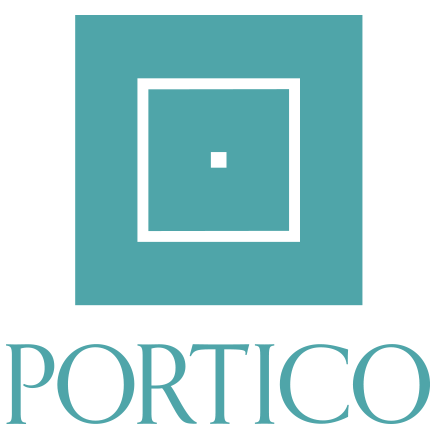Sacral Architecture in Finland and its Community Forming Role
DOI:
https://doi.org/10.15503/jecs2022.2.587.600Keywords:
Finland, sacral architecture, church, education, communityAbstract
Aim. The subject of this article is the role of the Finnish Church institution and its influence on shaping the local community. The article presents the possibilities of using and shaping the interiors of temples, depending on the period in which they were created and the function they were to perform.
Methods. The authors of the article present the role of Church institution in Finland from the Middle Ages to the present day. The historical educational role of the church and its contemporary community-building function will be outlined. The authors will also present how these assumptions translate into shaping its architecture.
Results and conclusion. Despite the considerable secularization of society, the Protestant church in Finland still plays a central role in the local community. The church, with its dominant and educational role in the past, became a companion of the inhabitants, providing them with spaces adapted to their needs, regardless of their age or religion. Once limited, single-space forms of temples, today with an extensive program function as local cultural centers and meeting places adapted to the needs of their users.
Downloads
References
Agricola, M. (1543). ABC-Kirja [ABC-Book].
Arkkitehti. Finnish Architectural Review. (2022, June 17). Myllykoski Church. http://ark.fi
Arkkitehti. Finnish Architectural Review. (2022, June 17). Ylivieska Church plan. http://ark.fi
Białostocki, J. (1982). Symbole i obrazy w świecie sztuki. Studia i rozprawy z dziejów sztuki i myśli o sztuce, t. 1 [Symbols and images in world of art. Studies and dissertations on the history of art and thoughts on art., v.1]. Państwowe Wydawnictwo Naukowe.
Chojecka, E. (2020). Silesia incognita. Architektura kościołów ewangelickich Górnego Śląska 1945 – 2017 [Silesia incognita. Architecture of Evangelicak Churches of Upper Silesia]. Od.Nowa.
Discovering Finland, (2022, August 25). Hyvinkää Church. https://discoveringfinland.com
Gustafsson, G. (2000). Värdegemenskapen kring de nordiska folkkyrkorna [The value community of the Nordic folk churches]. Verbum.
K2S. (2022, July 14). Ylivieska Church. http://ks2.fi
Latomaa, S., & Nuolijarvi, P. (2002). The language situation in Finland. Language and Planning, 3(2), 95-202.
Lehtonen T. M. S. (1999). Europe’s Northern Frontier. Perspectives on Finland’s Western Identity. PS-Kustannus.
Järvinen, I. R. (2010). Kalevala Guide. Finnish Literature Society.
Niemelä, K. (2007). Alienated or disappointed? Reasons for leaving the church in Finland. https://researchportal.helsinki.fi/en/publications/alienated-or-disappointed-reasons-for-leaving-the-church-in-finla
Oopeaa. (2022, June 12). Suvela Church. http://oopeaa.com
Petterson, L. (1992). Finnish Wooden Church. Otava.
Reddit. (2022, June 16). Kaleva Church in Tampere. http://reddit.com
Salonen, K. (2019). Reformation and the Medieval Roots of the Finnish. In K. Sinnemäki, A. Portman, J. Tilli, & R. H. Nelson (Eds.), On the Legacy of Lutheranism in Finland: Societal Perspectives (pp 101-112). Finnish Literature Society.
Sinnemäki, K., Portman, A., Tilli, J., & Nelson, R. H. (2019). On the Legacy of Lutheranism in Finland: Societal Perspectives. Finnish Literature Society.
Statistics of Finland (2021). https://stat.fi/
Stock, W. J. (2014). Materiality and the Magic of Light. Churches and Chapels in Finland since 2000. DG, Deutsche Gesellschaft für christliche Kunst.
Turun Taidmuseo. (2022, August 24). Berndt Lindholm ”Kesäaamu metsänrinteessä”. https://turuntaidemuseo.fi/
Walczak, W. (1973). Finlandia. [Finland]. Państwowe Wydawnictwo Naukowe.
Downloads
Published
Issue
Section
License
Copyright (c) 2022 Agnieszka Lewandowska, Maciej Kowalczyk

This work is licensed under a Creative Commons Attribution 4.0 International License.
CC-BY
Authors retain copyright and grant the journal right of first publication with the work simultaneously licensed under a Creative Commons Attribution License that allows others to share the work with an acknowledgement of the work's authorship and initial publication in this journal. All authors agree for publishing their email adresses, affiliations and short bio statements with their articles during the submission process.


